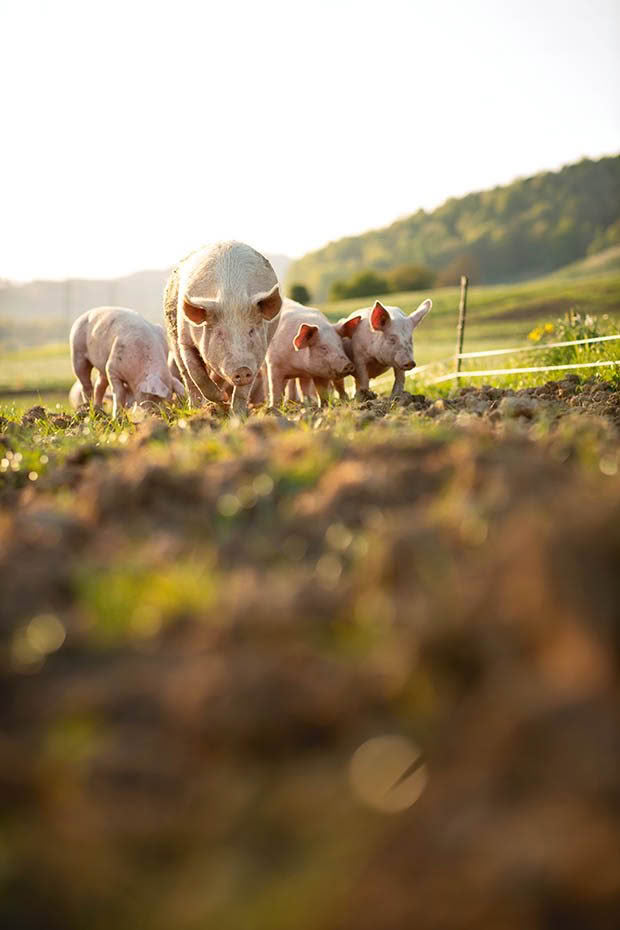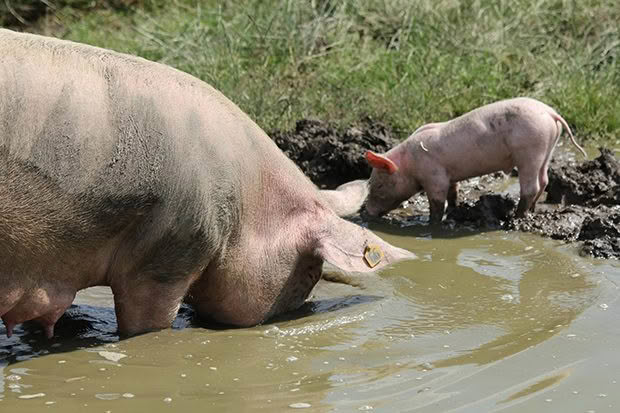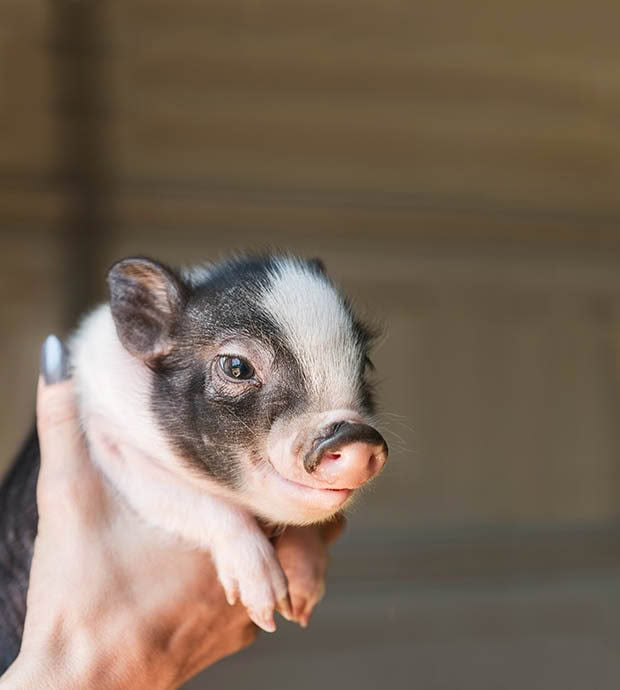Tips for first-time pig owners

What you need to know if you’ve ever considered owning pigs.
Words: Nadene Hall
YOU NEED AT LEAST TWO PIGS
There are three reasons why you may wish to have pigs:
• as pets;
• to process them for meat such as pork, bacon etc;
• as breeding stock, producing piglets to sell as pets or for people to raise to produce homekill meat.
Whatever the reason, all pigs need company – it’s in their nature to live in small groups for good mental and physical health. A pig on its own may become depressed, ill, agitated, aggressive, and try to dominate you or other animals.
If you’re keeping male pigs as pets, get them castrated, ideally when they’re piglets (2-6 weeks of age). Male pigs kept for meat production are processed before reaching maturity, so castration isn’t necessary.
Important: castration is a painful procedure. By law, it must be performed by a veterinarian using pain relief.
GET A GOOD SET-UP
Before buying pigs or weaners, it’s vital to have good fencing in place.
You need a secure pen to hold them on arrival, so they can calm down and acclimatise to you and their surroundings.
One option is to line a solid wooden yard with iron sheets. Ensure sheets are on the inside of rails and posts, as pigs will chew timber, rub along it, and eventually break it. The iron must be securely attached (eg tek screws into wood), and there should be no sharp edges that could hurt a pig.
Once out on a range, pigs need good electric fencing, with 24-7 access to a large, warm, draft-free, well-ventilated shelter, with a thick layer of bedding such as straw to burrow into if it’s cold.
They need clean, fresh water in a low-sided, secure trough that’s regularly cleaned out. Keep it under shade – pigs use water to cool themselves as they can’t sweat. A growing weaner pig can drink up to 12 litres on a hot day.
They also need areas of deep shade, such as under a thick tree canopy, an open lean-to, or a shade sail.
Create a deep mud wallow. Muddy, wet ground stays cooler, and pigs use the mud as a barrier to protect their skin.
Breeding pigs isn’t for beginners. It takes experience to handle sometimes aggressive boars and large, hormonal, protective sows. You also need extra facilities, such as separate paddocks and shelters for sows and boars, plus an area for a sow to farrow.

HAVE A GOOD FOOD SUPPLY IN PLACE BEFORE YOU START
A growing weaner pig will eat around 2-3kg of feed per day. You want pigs to grow well, but you don’t want them to get fat.
Good options include:
• buy in feed, such as nutritionally balanced pig pellets. If you’re going to eat your pigs, the meat will cost about the same as you can buy it per kilo. However, you’ll know it has come from free-range, well-cared-for, organic if you wish, pigs.
• gather scrap foods, which must include adequate protein. With this option, you’ll need to cook it for two reasons:
• it improves the food value, so pigs put their energy into growing and good health, not trying to digest raw foods like potatoes;
• it’s required by law for scraps that contain protein or that have been in contact with protein to prevent bacterial and viral diseases.
Scraps must be heated to 100°C and kept at that temperature for 1 hour. Make sure you keep them at boiling point the entire time. One way to do this in bulk is to place scraps in a large steel trough or bin and cook it over a gas ring or fire.

THE TRUTH ABOUT MINI PIGS
There’s no such thing as a ‘mini’ pig, miniature kunekune or ‘teacup’ pig breed in New Zealand.
Some kunekune are naturally smaller than others. A small piglet may fit into a cup when it’s born, but they don’t stay that way.
Pigs are big animals. Some breeds can reach up to 400kg – in comparison, an adult horse weighs 500-600kg. Kunekunes are a smaller breed, with adult weights ranging from 60-200kg.
1 great piece of advice from the New Zealand Kunekune Association if you find a breeder advertising ‘mini’ pigs: If a breeder insists they’re selling very small or ‘mini’ pigs, ask them to provide five references. These should be owners who have pigs over the age of three years. Call these people (better yet, visit them) and ask for the height of their pig and its approximate weight.

